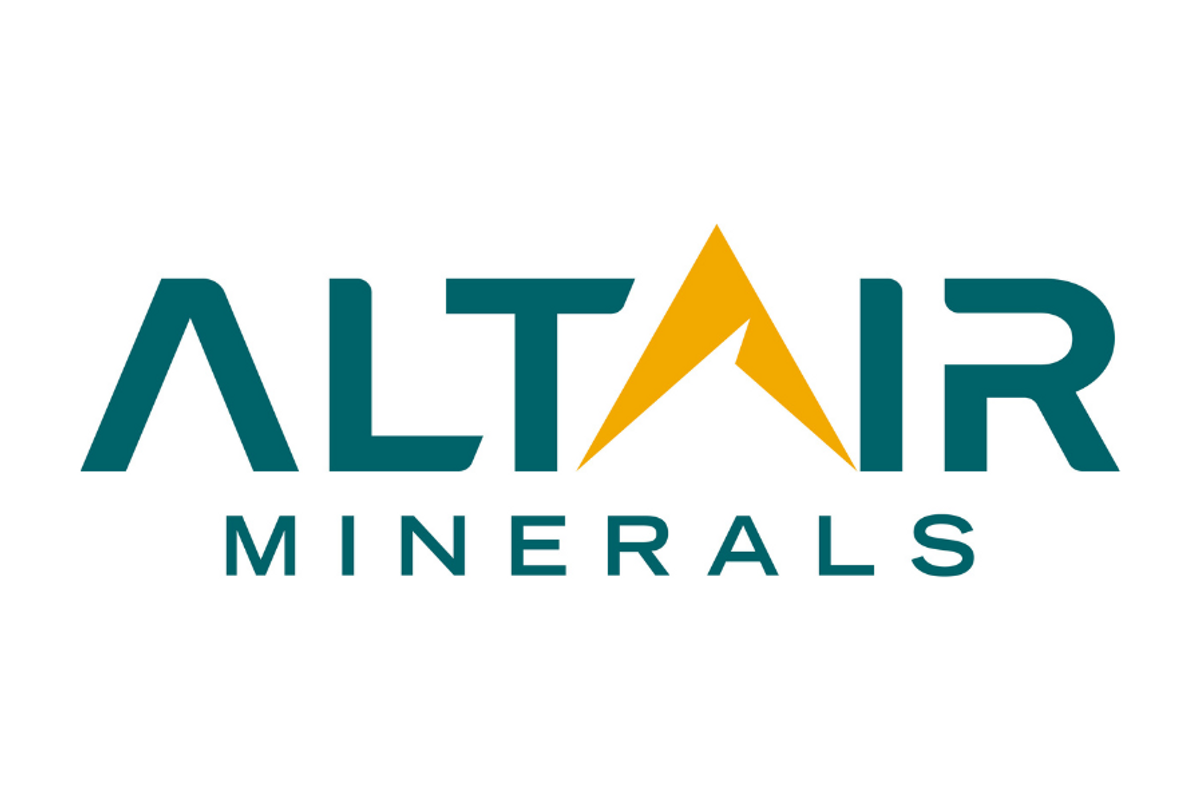The Conversation (0)


Description
The suspension of trading in the securities of Altair Minerals Limited (‘ALR’) will be lifted immediately following the release by ALR of an announcement regarding> a proposed project acquisition.
Issued by
ASX Compliance
Click here for the full ASX Release
This article includes content from Altair Minerals Limited, licensed for the purpose of publishing on Investing News Australia. This article does not constitute financial product advice. It is your responsibility to perform proper due diligence before acting upon any information provided here. Please refer to our full disclaimer here.